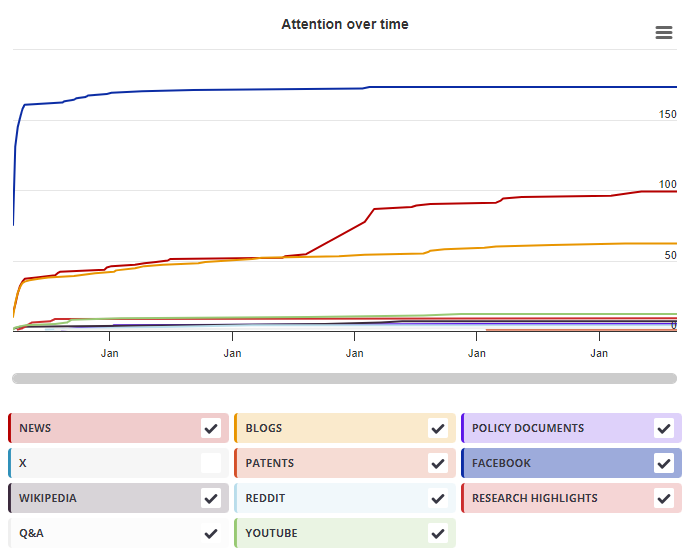| Chapter title |
ATM Activation and H2AX Phosphorylation Induced by Genotoxic Agents Assessed by Flow- and Laser Scanning Cytometry
|
|---|---|
| Chapter number | 14 |
| Book title |
ATM Kinase
|
| Published in |
Methods in molecular biology, January 2017
|
| DOI | 10.1007/978-1-4939-6955-5_14 |
| Pubmed ID | |
| Book ISBNs |
978-1-4939-6953-1, 978-1-4939-6955-5
|
| Authors |
Hong Zhao, H. Dorota Halicka, Jorge Garcia, Jiangwei Li, Zbigniew Darzynkiewicz |
| Editors |
Sergei V. Kozlov |
| Abstract |
Activation of Ataxia Telangiectasia Mediated protein kinase (ATM) by its phosphorylation on serine 1981 and phosphorylation of histone H2AX on serine 139 (γH2AX) are the key events reporting DNA damage, primarily formation of DNA double strand breaks. These events are detected immunocytochemically in individual cells using phospho-specific Abs. The protocols are presented that describe the methodology of immunofluorescent labeling of cells in conjunction with specific staining of cellular DNA. Flow- and imaging-cytometry, the latter exemplified as laser scanning cytometry, is used to quantify intensity of cellular fluorescence reporting activation of ATM and induction of γH2AX with respect to cellular DNA content, which in turn reports the cell cycle phase. Different protocols are presented for analysis of cells either grown in suspension or attached to surface of culture vessels. Examples of ATM activation and H2AX phosphorylation in response to DNA damage in leukemic HL-60 cells by DNA topoisomerase I inhibitor topotecan, and in lung carcinoma A549 cells by hydrogen peroxide, are presented. |

Mendeley readers
Geographical breakdown
| Country | Count | As % |
|---|---|---|
| Unknown | 4 | 100% |
Demographic breakdown
| Readers by professional status | Count | As % |
|---|---|---|
| Professor | 1 | 25% |
| Student > Ph. D. Student | 1 | 25% |
| Student > Master | 1 | 25% |
| Unknown | 1 | 25% |
| Readers by discipline | Count | As % |
|---|---|---|
| Biochemistry, Genetics and Molecular Biology | 1 | 25% |
| Agricultural and Biological Sciences | 1 | 25% |
| Chemistry | 1 | 25% |
| Unknown | 1 | 25% |